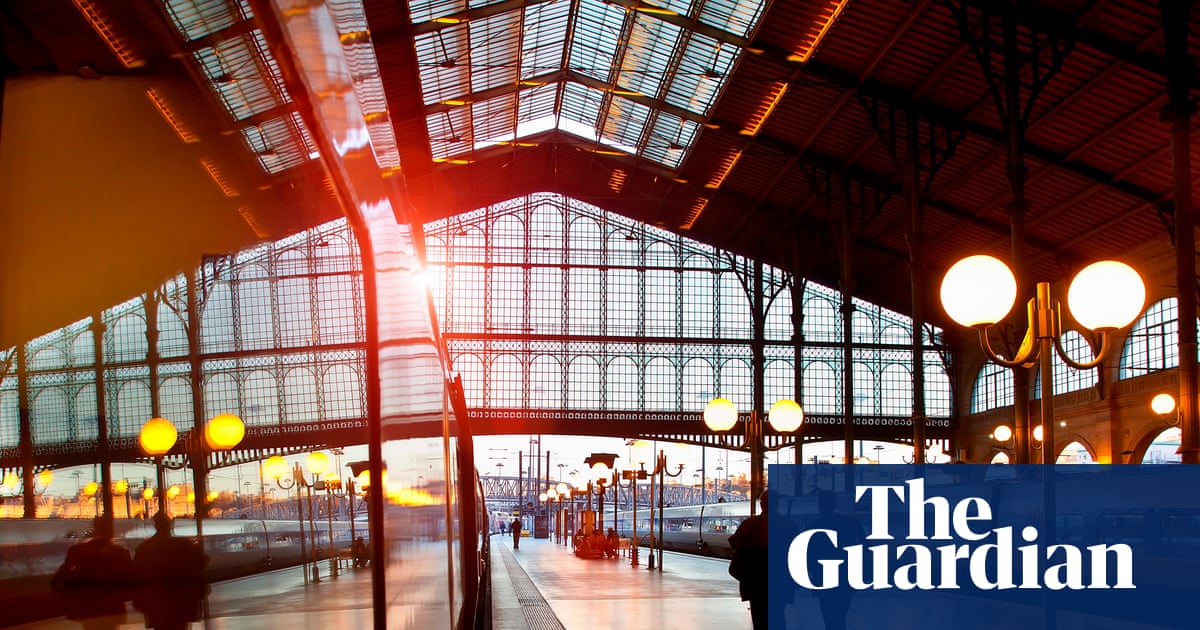
"When James Joyce first travelled from Dublin to Trieste in 1904, he went via Paris, Zurich and Ljubljana. Zurich, because he mistakenly believed a job to be awaiting him there, and Ljubljana because groggy after the night train he thought they'd pulled into Trieste. By the time he twigged, the train had departed and, without ready cash, Joyce and his partner Nora Barnacle had to spend a night on the tiles."
"But repair work on Austria's Tauern Tunnel prevented me from taking the exact route. Besides, today's TGV tears through France at nearly 200mph, in comparison to the 25-60mph speeds at which Joyce would have navigated Switzerland and Austria. A night on the town in Milan is just as good for the muse. Along the route from London to Trieste (and then by bus to Ljubljana), I considered the lineage of writers who traversed Europe in this way 100 years ago."
James Joyce traveled from Dublin to Trieste in 1904 via Paris, Zurich and Ljubljana, stopping in Ljubljana after mistaking it for Trieste and spending a night there with Nora Barnacle due to lack of cash. A contemporary attempt to retrace that route was altered by repair work on Austria's Tauern Tunnel and by the vastly increased speed of modern trains such as the TGV, which can reach nearly 200mph compared with Joyce's 25–60mph. The contrast prompts reflection on how aesthetic, physical and emotional experiences of travel have changed over a century. Train journeys now reveal social, economic and environmental transformations visible from the window. A Eurostar delay caused by copper cable theft near Lille exemplifies ongoing vulnerabilities in railway infrastructure.
Read at www.theguardian.com
Unable to calculate read time
Collection
[
|
...
]